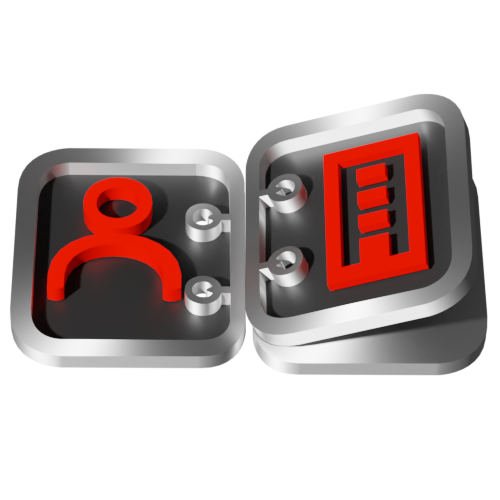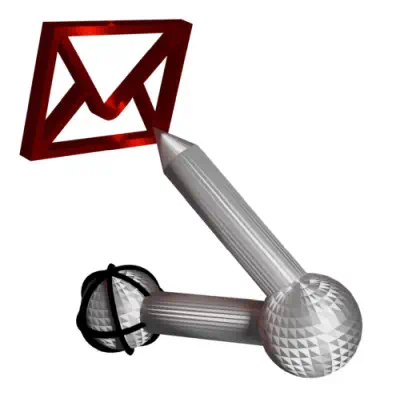AyMINE – Technical documentation
Modules
Integration with ERP Abra Gen
 Task, project & quality management
Task, project & quality management
Manager approval with the task report
Why some data can't be deleted
GDPR and record of qualifications
Qualification of user or contact
Right to Manage Qualifications
Adminitration of areas, projects, calendars
Failure Analysis for an Individual Property of a Component or Process
FMEA – Probability of Detection
FMEA – Probability of Occurrence
 Task, project & quality management
Task, project & quality management
Administration of the Task Management Module
System rights for the task management module
Improvements and Preventive Measures
Methodology and Quality Management systems
What makes up the methodology / SMJ
Problems, tickets and their management
Collaborative Resolution of Multiple Problems
Customer Service Response Generation
Incident and Quality Issue Management
Objects affected by the problem
Problems, Incidents, Helpdesk Tickets
Return project plan by baseline
Sample tasks and methodologies of the area
Effect of the task on the right to modify the attached object
The person responsible for the task
Working procedure – task definition
Management of responsibilities - RACI Matrix
Objects related to the task pattern
 Contacts and directories module (CRM)
Contacts and directories module (CRM)
Address book list and management
Directory or people and companies
Order overview for customer groups
 Contacts and directories module (CRM)
Contacts and directories module (CRM)
System Permissions and CRM Module Settings
Send bulk messages in compliance with GDPR
How to correctly forget a person's details
Unsubscribe and set preferences
for bulk mail
 Web management and automation
Web management and automation
Receiving a message from the web
Human resources
Personalistics – User Permissions and roles
Human Resources module security
Manage department / division data
Overview of Personnel Information for pracov# Employment Contract
Synchronizing staff and system users
 Products, assets and sales
Products, assets and sales
Creating and processing orders
Manage the Property & Business module
Why are the Quality criteria usefull
Managing Finance
Metrics and Measurements
Work summaries from generated data
Technical Modules
Sabre plugin module
Enterprise Architect connector
Database link to Enterprise Architect database
Enterprise Architect connector
System Modules
 The AyMINE Framework Module
The AyMINE Framework Module
AyMINE — Tips for Mobile Usage
Configure how your system looks and works
Gestures and Keyboard Shortcuts
More about how the system works
Private notes and tags for objects
Overview of Modules and Record Types
 Address books
Address books
Address books are used to store business and people contacts
- Active Contact Management
- Address book on your mobile phone
- Setting up sharing to a device or external application
- Good to know
Contacts to persons and companies can be split into several address books, mainly to protect information. This allows you to control who has access to information and who does not. Access settings are used both to protect valuable business information and GDPR legislation.
You can create any number of address books on your system and control access rights to each one. For example, you can have address book of business contacts visible only to the business department and another address book of business contacts created for a specific project.
Active Contact Management
A address book is a business area and besides contacts, tasks. This allows you to log the tasks that need to be done with contacts (e.g. repairing them, calling customers with a new offer, etc.) directly in the address book.
Address book on your mobile phone
Address books can be synchronized with Sabre module to your mobile or other application, e.g. MS Outook, Thunderbird, emClient, etc. This allows you to use contacts immediately for emails or phone calls. At the same time, they can be shared with those who need them.
Using Address books in a company and the GDPR rules
Address books comply with GDPR, in particular they support data protection, secure storage of information and recording of data processing methods.
Example: For a project, you create address book of everyone who cooperates on the project. The book serves everyone for the duration of the project and they can make calls easily.
When someone stops working in the project, you remove their contact from the book. At the same time, they stop synchronizing to everyone else's device and so you download the contact from the company records, as GDPR requires. But you can keep the contact stored in another book for a co-worker.
When the project ends, you cancel the address book. They stop synchronizing to people's devices. This makes it easy to cancel all shared contacts.
Note: To synchronize address book with a mobile phone or external applications, you must have an active Sabre module in AyMINE.
Setting up sharing to a device or external application
Sharing data from an address book can be set up by workers who have the book enabled to work actively. Sharing is a form of individual access address for everyone. Workers have the option to share a book as individually or together as a single common address book.
In the user settings (Main Table > My Settings), the user has the option to set up sharing and copy the connection addresses.
Remember:_ Even without synchronizing contacts to your mobile, you can use the contact and make calls either directly from AyMINE in the browser on your mobile or from the AyMINE application.
Good to know
Customer Groups
The division of contacts into address books is mainly used to manage access rights. One contact cannot be in multiple groups. There are customer groups / group of contacts for the business breakdown of contacts. In the description of customer groups there is a more detailed description of differences.